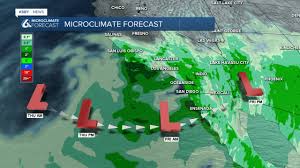Attention all weather enthusiasts and rain lovers! Hold onto your umbrellas because Mother Nature is about to put on quite the show. Brace yourselves for yet another round of rainfall as a relentless storm continues to drench our surroundings. That's right, folks, it's time to grab those cozy blankets, indulge in some hot cocoa, and get ready to witness several more inches of rain cascading from the sky this Thursday. So sit back, relax, and let us take you on a thrilling journey through this extraordinary weather phenomenon that has everyone talking.
Enabling loopback connections in WordPress means making sure your server can make HTTP requests to itself (e.g., calling https://yoursite.com/wp-cron.php from within itself). Loopback is required for: WP-Cron jobs Plugin/theme editors (to verify file write permissions) Some site health checks ( Tools > Site Health ) Automatic updates ✅ What Is a Loopback Request? A loopback is when your WordPress site tries to request a URL from itself using tools like wp_remote_get() or fsockopen() . For example: $response = wp_remote_get ( home_url ( '/wp-cron.php' ) ); If this fails, you might see warnings in Tools > Site Health like: “Your site could not complete a loopback request.” 🛠 How to Enable Loopback Requests Here are the key steps depending on your hosting/server setup: ✅ 1. Make Sure localhost or Domain Resolves Internally Check your server can resolve requests to itself. Use this quick PHP script: Create a file test-loopback.php i...

Comments
Post a Comment